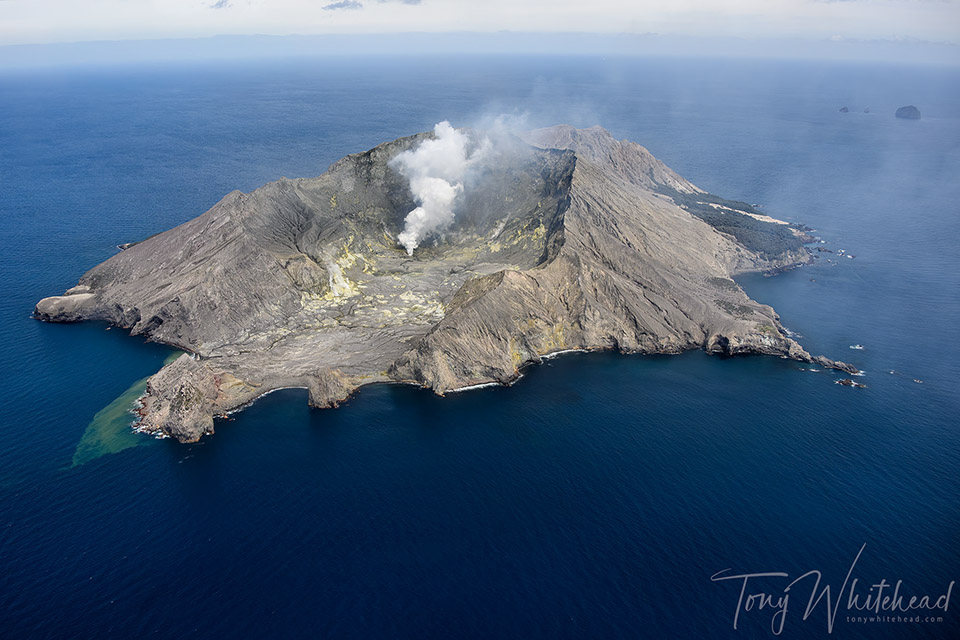
I was lucky to be involved recently with a Northern New Zealand Seabirds Trust aerial survey of seabirds at Whakaari/White Island and other eastern Bay of Plenty islands in the area. Timing was a juggle around travel and weather but all came together perfectly with an ideal day and the bonus of Edin being home for her birthday.
We began our flight taking off toward the west with great views over Thornton lagoon before orbiting Rurima Rocks and then on to Moutohora/Whale Island. This was a good opportunity to get to grips with the challenges of photographing from a light plane to capture wide angle overviews of the islands along with close up views that would enable counting of individual seabirds. We were lucky to see a good pod of Common Dolphins near Moutohora/Whale Island. My choice of gear was the Nikon Z9 with the Nikkor Z 28-400mm which allowed a one lens solution. My backup was the Nikon Z8 with 24-200mm but this wasn’t used.
The day was clear and calm with a gentle southerly giving a smooth fight out toward Whakaari/White Island which lies 48 from the coast. It is generally visible on the horizon from land and it is a routine to look out and see how active the plume is when visiting the coast at Whakatane. I have visited sea around the island on boats a number of times and spent nights sleeping anchored in the lee. It has always seems a very threatening and hostile landscape making me feel quite uneasy when nearby. The heat and sulphurous smell triggering memories of exploded firecrackers from my childhood. I consciously avoided landing even when offered the opportunity in the early 1990’s as it didn’t seem a low risk activity. The wrecked and dust coated buildings and eroded jetty seemed to be sending quite an obvious message.
This visit was my first time to see the island from the air and get an overview of the landscape. This reinforced my water level feelings. Clearly an active volcano with steam issuing and the eastern wall of the crater blown out.
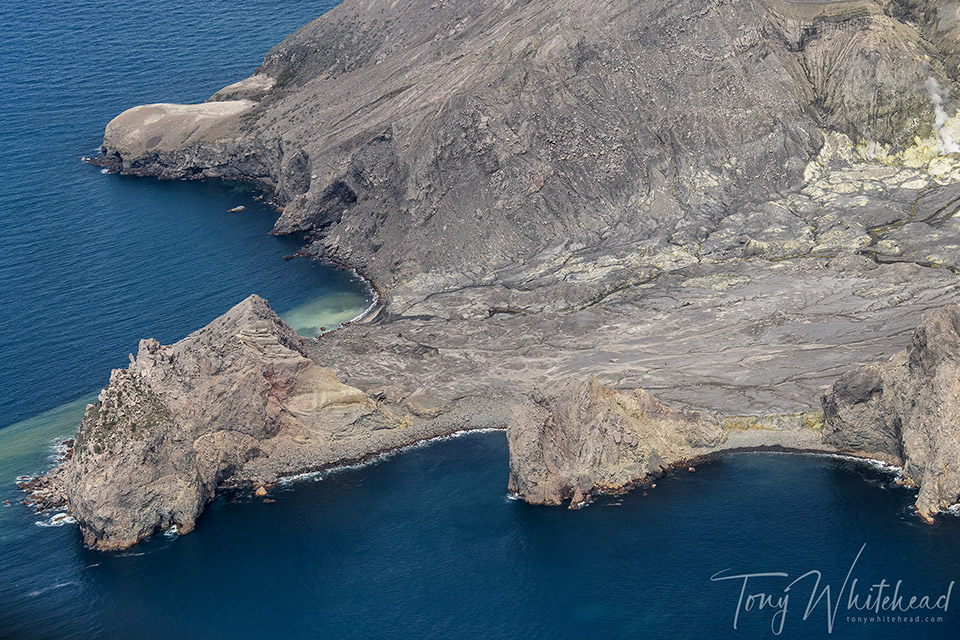
Looking from above it now seems bizarre that people would land into the face of a blown out crater wall and walk in toward an active volcano. Like hard drive failure it seems in hindsight to be a clear matter of not if but when – the physical evidence is obvious.
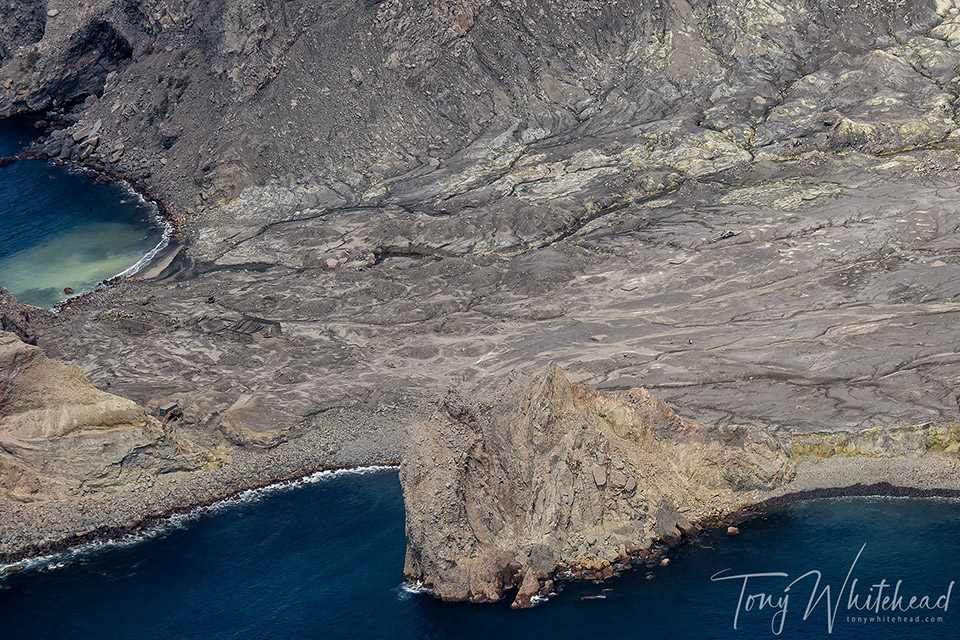
Despite the ideal flight conditions with clear skies and a gentle southerly, as we passed the northern side of the island our aircraft was buffeted and filled with sulphurous fumes.
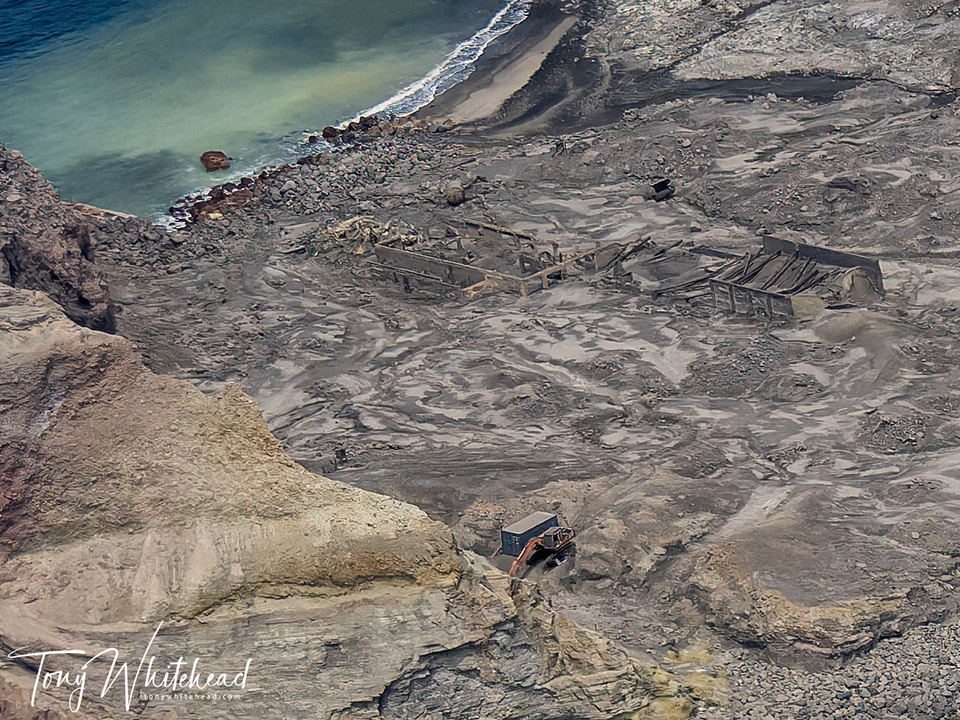
Looking down on the blasted landscape and wreckage was a poignant reminder of the horror of the disaster that unfolded 5 years ago on 9 December when the island erupted while 47 tourists were present on land. 22 tourists and tour guides died with 2 unrecovered from the site. Injuries overwhelmed the local health services with many emergency and health care workers suffering secondary trauma from the circumstances they were thrust into. This week a memorial service was held to mark the 5 year anniversary.
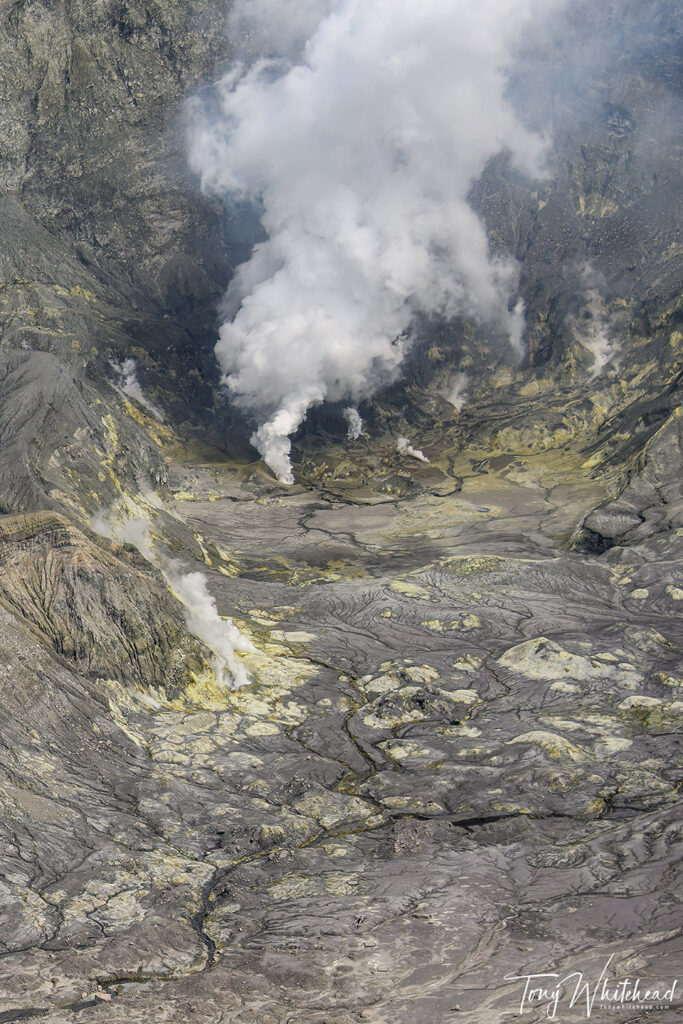
Many natural phenomena are awe-inspiring but some are best appreciated from a distance.
On a positive note the resilience of the Australian gannets was encouraging to see with good numbers spread over a number of colonies. I’m looking forward to getting the final count numbers as this is a great site for them as despite the challenging land conditions the sea provides an excellent foraging environment. A caution being that, when I arrived in the area 35 years ago, there was a thriving recreational Yellowfin tuna fishing that now no longer exists – changing sea conditions and/or overfishing locally or further field all potential factors.
Photos with Nikon Z9 and Nikkor Z 28-400mm f4-8 VR
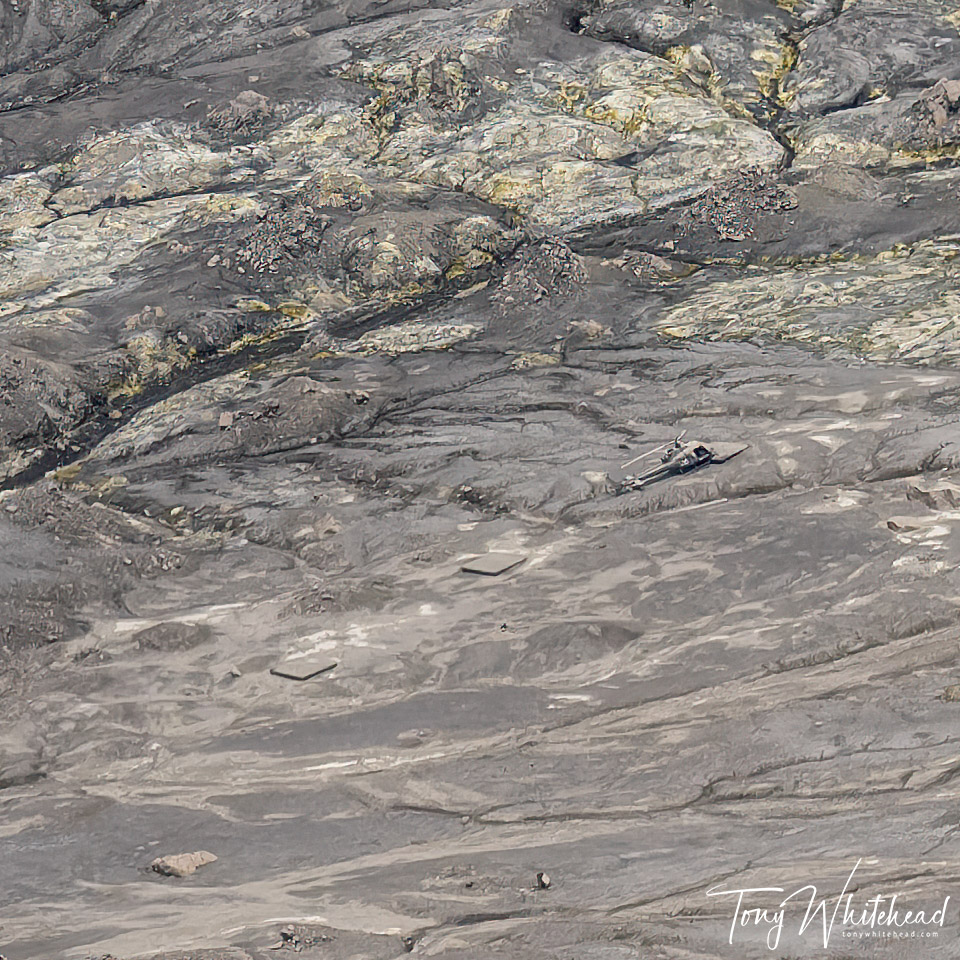
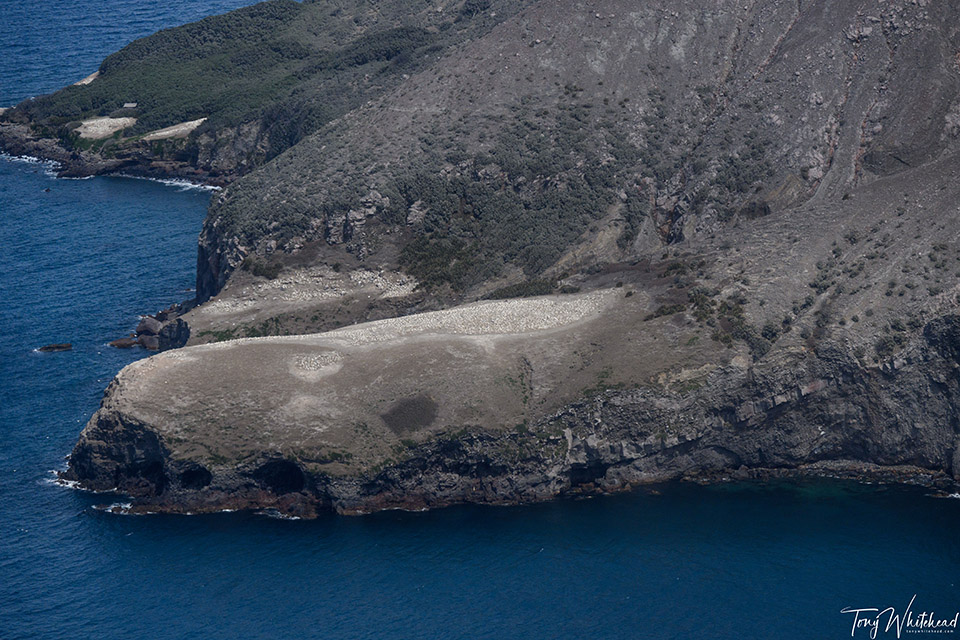
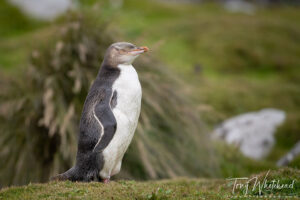
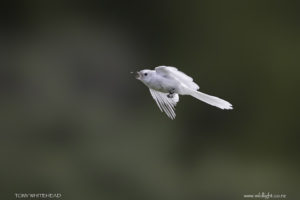
Jim Norris
15 Dec 2024Many thanks for all the interesting and informative blogs I have received this year. Merry Christmas and all the best for 2005. Jim Norris
tony
15 Dec 2024My pleasure, Jim. Thanks for the encouraging feedback and best wishes to you for Christmas and the New Year too.